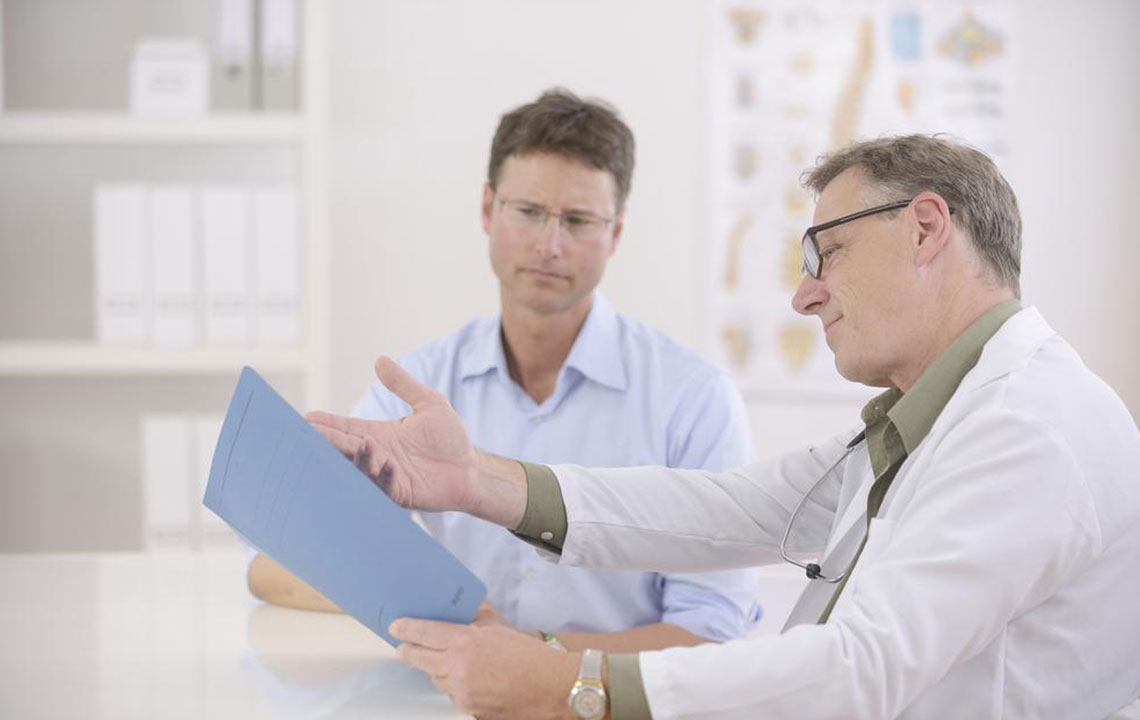Effective Strategies to Manage Chronic Pelvic Endometriosis Discomfort
Discover comprehensive strategies to manage chronic endometriosis pain, including medication, hormonal therapy, heat treatment, and minimally invasive surgery. Early diagnosis and personalized care are essential for improving quality of life and alleviating symptoms of this long-term condition.

Effective Strategies to Manage Chronic Pelvic Endometriosis Discomfort
Persistent pelvic pain lasting over six months is classified as chronic. Among women, endometriosis is a frequent cause of such long-term discomfort. About half of women with chronic pelvic pain may have endometriosis, making it a key symptom to watch for. Surprisingly, the severity and length of pain do not correlate directly with the disease’s stage. Severe endometriosis may cause little pain, whereas milder cases can be intensely painful. Therefore, pain intensity doesn’t indicate how advanced the condition is.
Understanding Endometriosis
Endometriosis occurs when the uterine lining, called the endometrium, grows outside the uterus. These misplaced tissues form lesions that can cause pain and discomfort. The lesions, appearing as spots, may lead to persistent pain affecting daily life.
Common Symptoms of Endometriosis
Women experiencing chronic endometriosis often show these signs:
Pelvic and abdominal pain
Painful periods or dysmenorrhea
Lower back cramps during menstruation
Irritable bowel symptoms
Infertility issues
Upper leg or groin pain
Pain during sexual activity
Mood swings and psychological distress
Migraines or severe headaches
Fatigue and joint discomfort
Heavy or prolonged menstruation
Side effects from treatments leading to pain
Even without symptoms, regular check-ups are crucial for early detection and management.
This allows healthcare providers to monitor potential changes, especially if multiple symptoms are present.
Ovarian Endometrioma (Chocolate Cysts)
Women with advanced endometriosis might develop ovarian cysts known as endometriomas or chocolate cysts. These cysts are filled with thick, brown fluid and can enlarge the ovary. Surgical removal via cystectomy targets only the cysts while preserving ovarian tissue, helping reduce symptoms.
Managing Chronic Endometriosis Pain
Untreated, persistent pain can severely affect quality of life. While endometriosis has no definitive cure, symptoms are manageable through various therapies. Medical and surgical treatments aim to reduce pain and slow disease progression. Your doctor will usually start with conservative options, escalating to surgical interventions if necessary. Response varies individually, so personalized treatment plans are essential.
Early diagnosis and appropriate treatment are vital. Lack of effective care can lead to frustrations and emotional distress, often compounded by fears of infertility and ongoing pain. Support groups and counseling can be beneficial in coping with the condition.
6 Treatment Approaches
Heat Therapy & Stress Reduction
Applying heat through hot water bottles or relaxing baths can ease abdominal cramping and pain. Managing stress through relaxation techniques also helps in pain relief.
Pain Relievers
Over-the-counter medications like ibuprofen can alleviate discomfort. Always consult your healthcare provider before use, especially for prolonged or severe pain.
Hormonal Treatments
Hormone supplements can inhibit endometrial tissue growth and reduce pain. They help regulate hormonal imbalances during your menstrual cycle, decreasing symptoms.
Contraceptive Devices & Hormonal Therapy
Birth control pills, patches, or vaginal rings may slow or halt endometrial growth in less severe cases. Medroxyprogesterone injections can temporarily stop menstruation, decreasing pain, but may have side effects such as bone density loss, mood swings, hot flashes, or mood changes. Use these options under medical supervision and only if other treatments aren’t effective.
Laparoscopy & Conservative Surgery
For severe cases unresponsive to medication, minimally invasive procedures like laparoscopy are recommended. These surgeries aim to excise or remove endometrial lesions while preserving reproductive organs. Your doctor may suggest this approach if other therapies fail.
Note: The information shared here offers general insights and should not replace professional medical advice. Consult healthcare professionals to tailor treatments specific to your condition. Regular monitoring and early intervention are key to managing endometriosis effectively.










